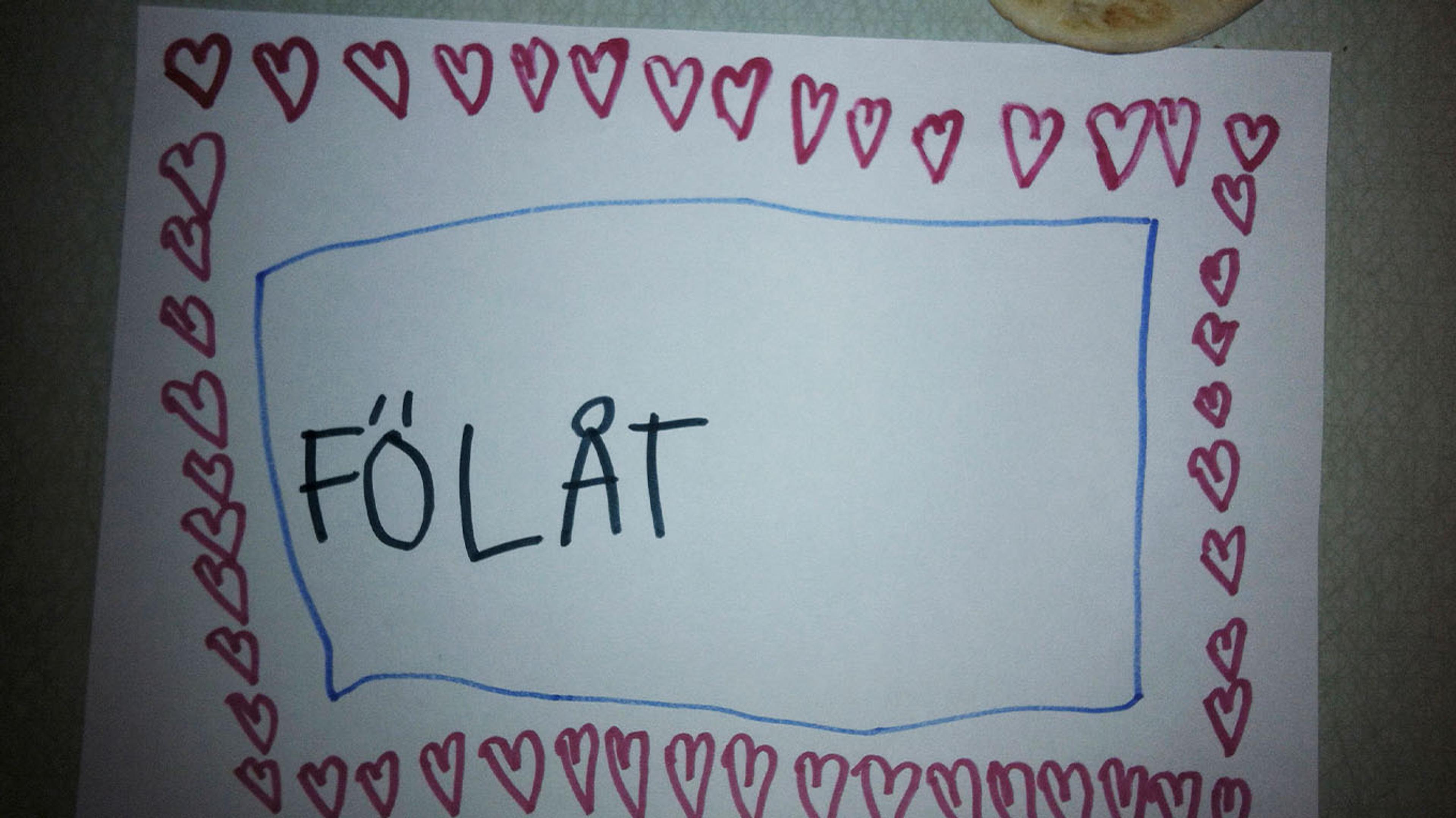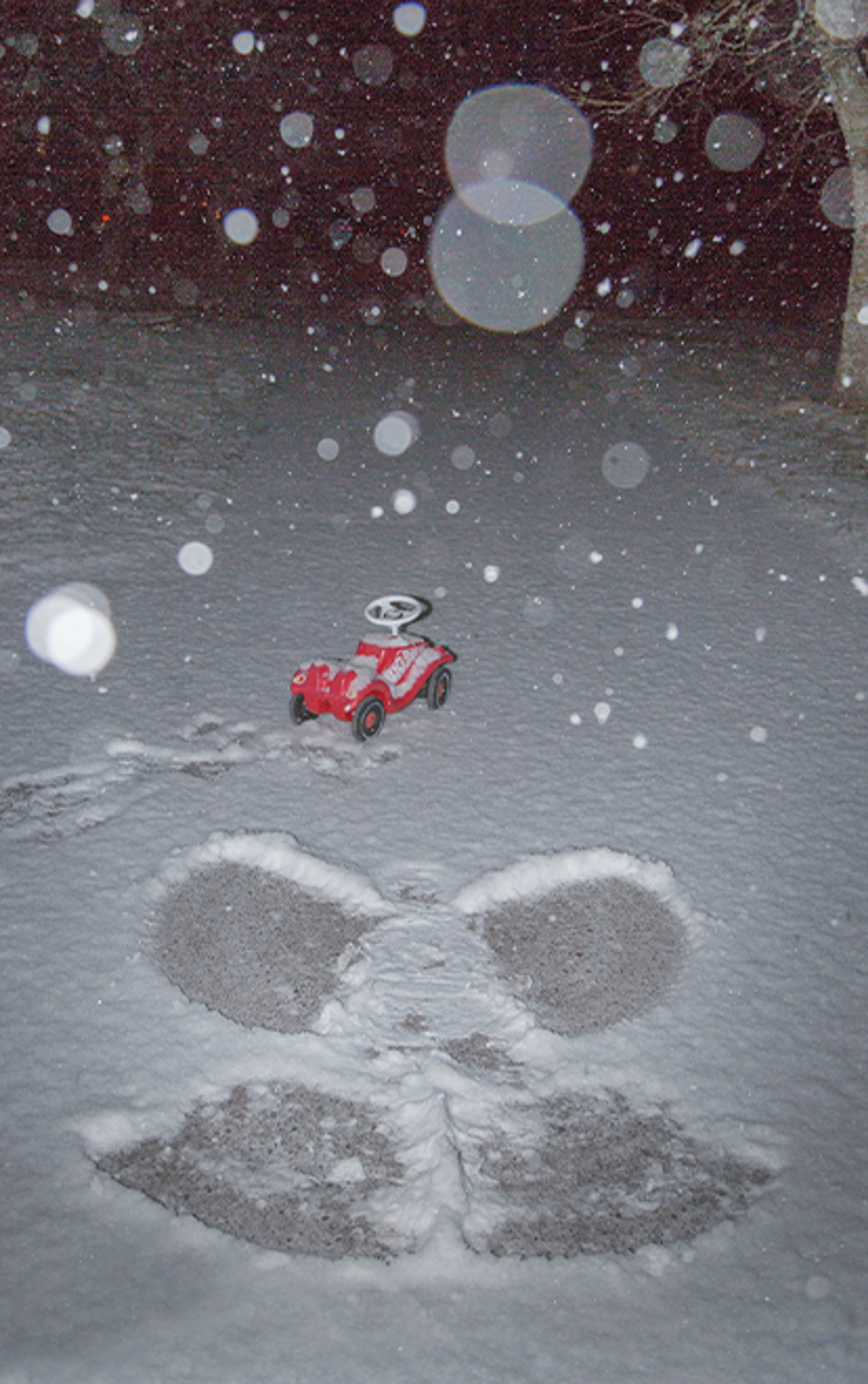Anna Clarén
When Everything Changed

New Fotografiska For Life exhibition with photographer Anna Clarén’s project, incorporating a book published by Max Ström, and the film When Everything Changed, in which Lena Endre narrates the story behind the personal, revealing and very beautiful photographs. An exhibition that asks important questions about our relationships. For the first time, Clarén stands as the sole author of the book, a genre-defying story with a script in dialogue form, where lines exchanged by the characters are interspersed with documentary images.

This story is about a life crisis
Prepare for both a film premiere and book release at Fotografiska on 2 April, World Autism Day. Anna Clarén (born 1972) is one of Sweden’s most famous photographers and head of education at the Nordic Photography School. She is never without a camera and her photographs form stories from her life.
“This story is about a life crisis. About a family and a marriage that is suddenly faced with the unexpected. The floor falls out from under you and no one knows how to handle the new situation,” says Anna Clarén.
It could be you. It could be your family. It could be about anything, one of those things that just happens and leads life down an unexpected path. Divorce, death, unemployment, illness…But what does it do to our relationships? What happens when the adults cannot handle the role of the grown-up and are thrown back to their own childhood defenses?
“Anna Clarén’s images are astonishingly beautiful and also betray a sense of vulnerability and apprehension, an intrinsic part of the human condition. Questions about existence, belonging and the future are awoken by her images... ”
The camera became a channel
“In this period of dejection, I turned to my camera and photographed for four years (2013-2017). I took pictures of what I felt and experienced. The camera became a channel, a means to find a path away from the chaos of sadness, horror, panic, guilt and immense love that I experienced. I also sought comfort in writing. I channeled all the spiteful words that we exchanged through my pen, so writing and photographing became ways to free myself from distressing memories and experiences. Through forming a coherent narrative on the page, I was able to understand, and finally, also forgive and reconcile.”
Our ability to handle the unknown landscape that suddenly materializes in front of us when everything changes – this is something that needs to be the subject of deep, extensive discussions. This is one of Clarén’s driving forces behind the project. She describes how the work with When Everything Changed has provided her with solace and new meaning. That she has been able to transform that which felt meaningless into something of significance.
“By recounting things just as I experienced them, rough edges and all, I have been able to move on. It has been necessary to be completely candid, even if my feelings have at times been unpleasant, ugly and shameful. Telling my story with full honesty has, for me, been a way to achieve relief and comfort. I hope my story can help diminish the burdens of others who take it to heart. I hope it can serve as a gateway to reflection and to conversations with each other about difficult subjects. I want the narrative to inspire the courage in people to dare look at themselves, through the despair and sorrow. It is my belief that if you have the courage to be honest and talk to each other, you can also meet on the same plane.”
Today, the family’s little boy is five years old. New routines and new ways of living together are slowly identified and developed. The family has moved to a new house, with fences around the garden, and everyone is happy. The youngest boy is a happy little fellow, he loves his family and is thriving at his preschool. His older siblings think it is exciting to get to know their little brother. They are constantly finding new games and ways to reach their little brother. “When little brother laughs, it makes me happy too!” says the middle boy, who has now turned seven.